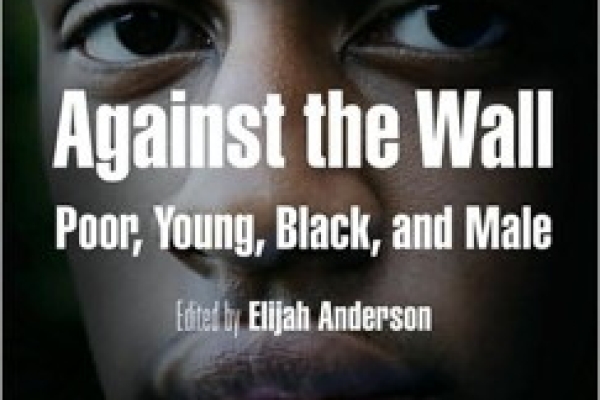Disadvantaged minority youth in the U.S. drop out of school, go to prison, and get killed at startlingly high rates. Only about half of youth in the 50 largest urban districts graduate high school in four years.[1] Almost 70 percent of African-American male dropouts spend time in prison by their mid 30s.[2] And homicide kills more young African-American males than the nine other leading causes of death combined.[3]
When policymakers discuss what to do about these pressing problems, they often talk about the “root causes” of crime and dropout: intractable poverty, failing schools, and changing family structure, among others. All these factors likely contribute to the challenges that urban youth face. But focusing on such broad causes can make finding solutions seem overwhelming. If the only way to make any dent in dropout and crime is to eliminate poverty, then the potential for progress seems limited.
Fortunately, as my recent Science article demonstrates, solving all systemic urban problems is not a prerequisite for improving youth outcomes; much more targeted policy interventions can make a difference. The study, which came out of a partnership with the City of Chicago and the University of Chicago Crime Lab, evaluates a violence-prevention program called “One Summer Plus” (OSP). The program provides summer jobs to disadvantaged high-school students. In 2012, youth were offered a part-time job at Illinois’ minimum wage ($8.25 per hour). In this first year of the program, all the jobs were in the non-profit and government sectors (private sector jobs were added in later years). For 25 hours per week over 8 weeks, youth cleared vacant lots and planted community gardens, worked as camp counselors, and staffed alderman’s offices. Youth were also assigned an adult job mentor at a ratio of about 10:1. The mentor helped teach youth how to be good employees and how to deal with barriers to employment, from family demands to transportation to conflicts with supervisors.
Like many summer jobs programs across the country, OSP is massively over-subscribed; far more youth apply than there is funding to serve. But unlike many summer jobs programs, which select youth either by qualification or on a first-come, first-served basis, OSP selected youth via a lottery. Not only is this a completely fair and transparent way to allocate a limited resource, but it also generates a “treatment” and “control” group, just like a clinical trial in medicine. In the absence of the program, the two groups would have the same average outcomes – the only difference between them is the flip of a coin. So after the program, any difference between them can be convincingly attributed to the intervention itself.
As part of my study, I tracked all 1,634 OSP applicants in administrative data sources such as school and arrest records. Pre-program data shows that the City successfully recruited a very disadvantaged population of applicants. Almost all the youth were African-American and eligible for free or reduced-price school lunches (a proxy for household poverty). They lived in neighborhoods with an average unemployment rate of 19 percent, and about 20 percent of applicants already had an arrest record.
The effects of the program are striking: Sixteen months after the initial lottery, youth offered OSP were arrested for 43 percent fewer violent crimes than the control group (about 4 fewer per 100 youth). This drop occurred largely after the end of the program, suggesting it is not just a mechanical result of keeping youth busier during the summer. There were no changes in other types of crime, or in schooling outcomes like GPA or days present. But the study establishes that summer jobs alongside a mentor – at least in this context – can have a dramatic impact on youth violence.
This first study is just a start. I continue to partner with Chicago (and am starting to work with Philadelphia) to learn more about why the program works, and for whom. But in the meantime, the larger message to cities is that there are ways to make a real difference in the short term. Low-intensity interventions can improve adolescents’ outcomes. And the more cities that follow Chicago’s lead by rigorously testing their own ideas, the more we will learn about how to reduce the toll that dropout and crime take on urban residents.
Sara Heller is Assistant Professor of Criminology in the Department of Criminology at the University of Pennsylvania.
[1] On average, only 53 percent of the class of 2005 graduated from these districts in four years (http://www.edweek.org/media/cities_in_crisis_2009.pdf). A more recent average for this set of urban districts is not readily available; it is likely to be slightly (but not dramatically) higher due to slowly rising graduation rates in recent years.
[3] Center for Disease Control and Prevention, Web-based Injury Statistics Query and Reporting System (WISQARS)



